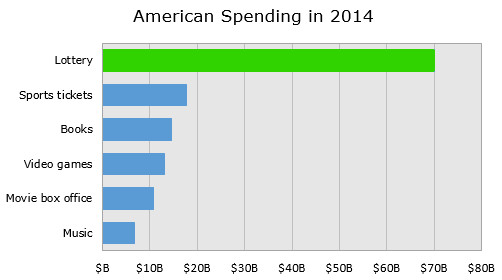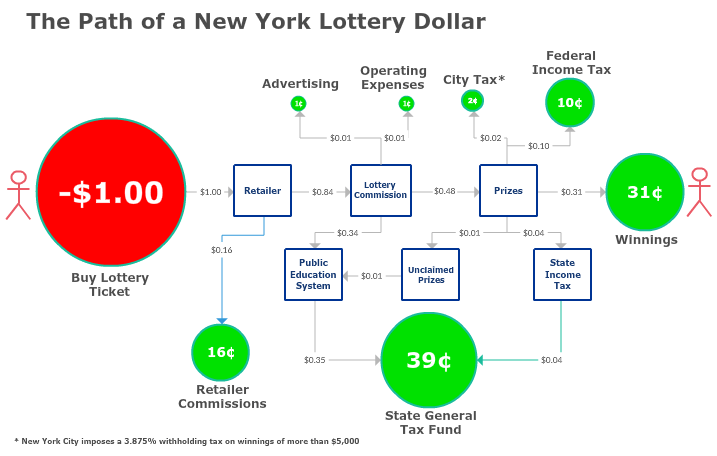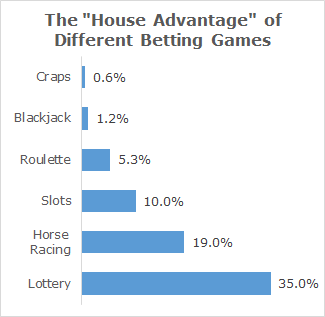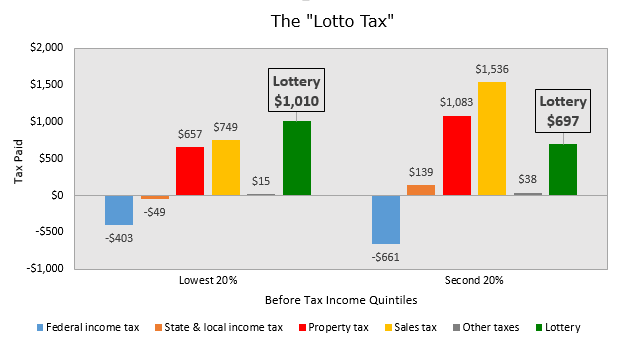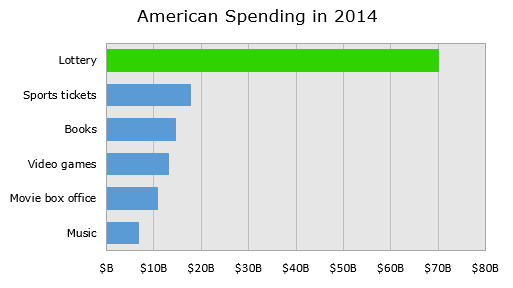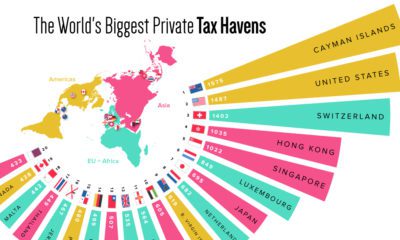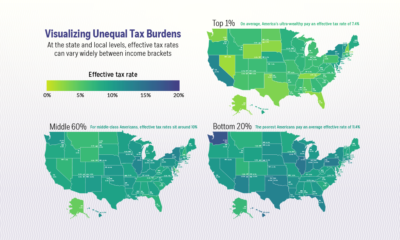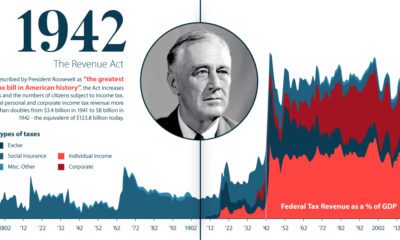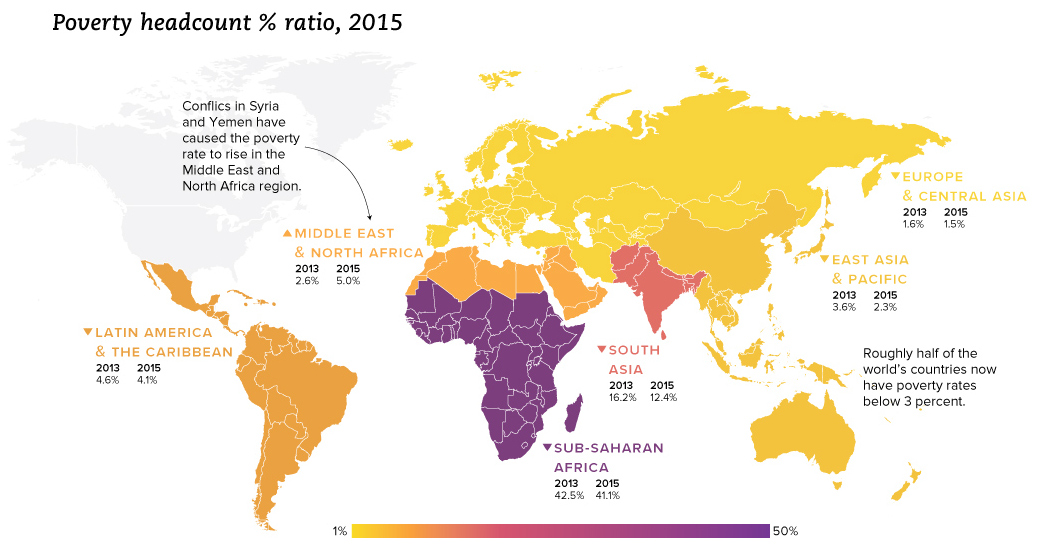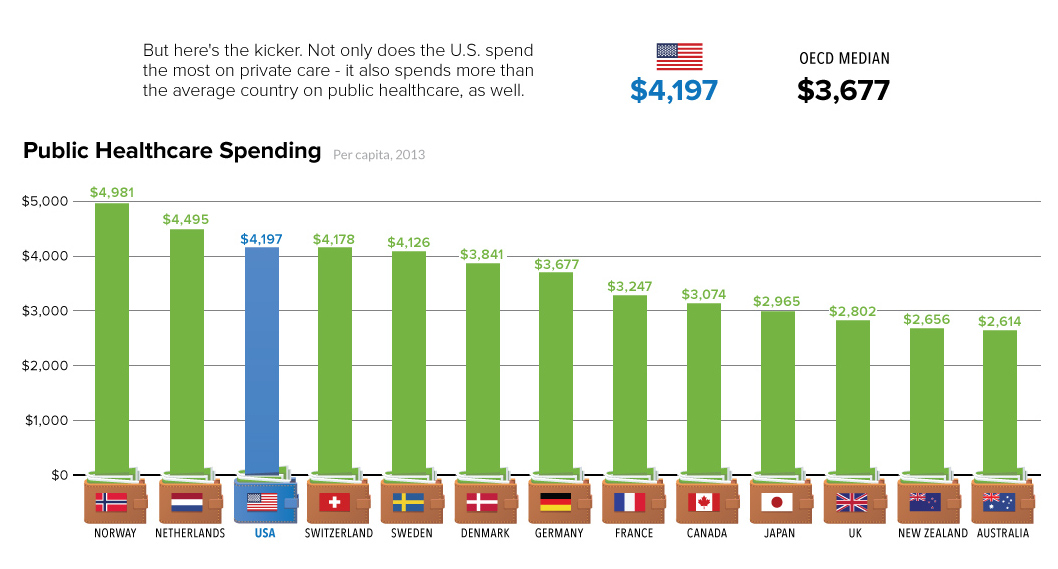This is according to data visualization expert Max Galka, who published a series of posts and visualizations on the economics of the lottery in his Metrocosm blog. The numbers he provides are both astounding and alarming, ultimately making a convincing case that the lottery is a regressive and inefficient tax on some of the nation’s poorest people. Let’s start with the economics. Here’s the math on the New York Lottery, which is a starting point to understanding the inefficiency behind lottos in the first place:
To sum up the math:
51% of each dollar goes to tax revenue: federal, state, and municipal. 18% goes to covering expenses, such as advertising or retailer commissions. This is the part that makes the process inefficient. 31% of each dollar actually goes to the prize money, and that basically sums up the terrible odds behind winning in the first place.
In other words, for every $3 spent on the New York Lottery, less than $1 is paid out to winners, while the other $2 is going to expenses and tax revenues.
The House Advantage
As Max notes in one of his posts, the lottery itself is not a tax – but the artificially inflated price of lottery tickets ultimately ends up as an indirect excise tax: While it is true that many people stay away from lottery tickets because the odds are not in their favor, there are groups of people that are far less fortunate. They and their families bear the brunt of inefficient lotto economics, as well as the house advantage. It is illegal for anyone but the state to run a lottery. So unlike casinos, which face competition from other casinos, lotteries operate as a monopoly, so they can set their pricing artificially high, or equivalently, their payout rates artificially low.
Who’s Buying Lottery Tickets?
Lottery sales follow the 80/20 rule. It turns out that 82% of all sales come from 20% of the players. Many of these players are compulsive gamblers, and many also come from lower income brackets. In this post, which includes some key assumptions, Max shows that the “lottery tax” is a significant burden for many low-income households even in contrast with other taxes:
Want more perspective on lottery ticket sales? We previously showed a similar comparison of U.S. consumption numbers in real-time.
on Even while political regimes across these countries have changed over time, they’ve largely followed a few different types of governance. Today, every country can ultimately be classified into just nine broad forms of government systems. This map by Truman Du uses information from Wikipedia to map the government systems that rule the world today.
Countries By Type of Government
It’s important to note that this map charts government systems according to each country’s legal framework. Many countries have constitutions stating their de jure or legally recognized system of government, but their de facto or realized form of governance may be quite different. Here is a list of the stated government system of UN member states and observers as of January 2023: Let’s take a closer look at some of these systems.
Monarchies
Brought back into the spotlight after the death of Queen Elizabeth II of England in September 2022, this form of government has a single ruler. They carry titles from king and queen to sultan or emperor, and their government systems can be further divided into three modern types: constitutional, semi-constitutional, and absolute. A constitutional monarchy sees the monarch act as head of state within the parameters of a constitution, giving them little to no real power. For example, King Charles III is the head of 15 Commonwealth nations including Canada and Australia. However, each has their own head of government. On the other hand, a semi-constitutional monarchy lets the monarch or ruling royal family retain substantial political powers, as is the case in Jordan and Morocco. However, their monarchs still rule the country according to a democratic constitution and in concert with other institutions. Finally, an absolute monarchy is most like the monarchies of old, where the ruler has full power over governance, with modern examples including Saudi Arabia and Vatican City.
Republics
Unlike monarchies, the people hold the power in a republic government system, directly electing representatives to form government. Again, there are multiple types of modern republic governments: presidential, semi-presidential, and parliamentary. The presidential republic could be considered a direct progression from monarchies. This system has a strong and independent chief executive with extensive powers when it comes to domestic affairs and foreign policy. An example of this is the United States, where the President is both the head of state and the head of government. In a semi-presidential republic, the president is the head of state and has some executive powers that are independent of the legislature. However, the prime minister (or chancellor or equivalent title) is the head of government, responsible to the legislature along with the cabinet. Russia is a classic example of this type of government. The last type of republic system is parliamentary. In this system, the president is a figurehead, while the head of government holds real power and is validated by and accountable to the parliament. This type of system can be seen in Germany, Italy, and India and is akin to constitutional monarchies. It’s also important to point out that some parliamentary republic systems operate slightly differently. For example in South Africa, the president is both the head of state and government, but is elected directly by the legislature. This leaves them (and their ministries) potentially subject to parliamentary confidence.
One-Party State
Many of the systems above involve multiple political parties vying to rule and govern their respective countries. In a one-party state, also called a single-party state or single-party system, only one political party has the right to form government. All other political parties are either outlawed or only allowed limited participation in elections. In this system, a country’s head of state and head of government can be executive or ceremonial but political power is constitutionally linked to a single political movement. China is the most well-known example of this government system, with the General Secretary of the Communist Party of China ruling as the de facto leader since 1989.
Provisional
The final form of government is a provisional government formed as an interim or transitional government. In this system, an emergency governmental body is created to manage political transitions after the collapse of a government, or when a new state is formed. Often these evolve into fully constitutionalized systems, but sometimes they hold power for longer than expected. Some examples of countries that are considered provisional include Libya, Burkina Faso, and Chad.
